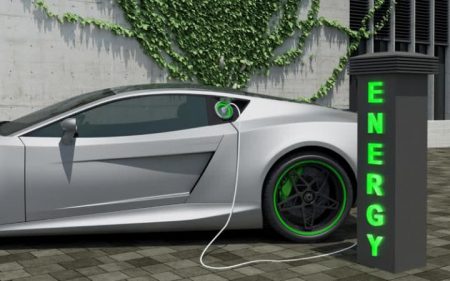Electric vehicles (EVs) run differently to those powered by petrol and diesel – that’s clear. They have no need for gears, so put the pedal to the metal and you’ll be using the motor’s full power. However, brake in the right way and you can reduce the amount of energy used. For all the technology in EVs, the most vital component is always going to be the driver, and this is especially the case when businesses are purchasing EVs for their employees.
While many companies might keep their EV fleets on site, a large portion of them will either be letting employees keep their work vehicles at home or giving them company cars. Either way, an employee’s home therefore becomes very relevant for businesses.
The home charging conundrum
The government’s Housing Survey found that 60% of homes (around 14.4 million) had some parking on their plot, such as a driveway or garage, but 26% had no provision for off-street parking. That could make things difficult for EV drivers who rely on overnight plug-in charging, either through a wall socket or a specialised EV charger, to charge vehicles cheaply and conveniently.
This government survey has shown that, assuming each house has a car, 6.2 million houses in the UK are going to need some sort of on-street charging solution, such as charging points installed in lampposts (10,000 of which are available already).
Read more: FleetPoint
It’s Time to Go Green!
If you would like to know more about Solar Panels and the PowerBanx range of home battery systems, and get a free instant quote, please complete our online form:


